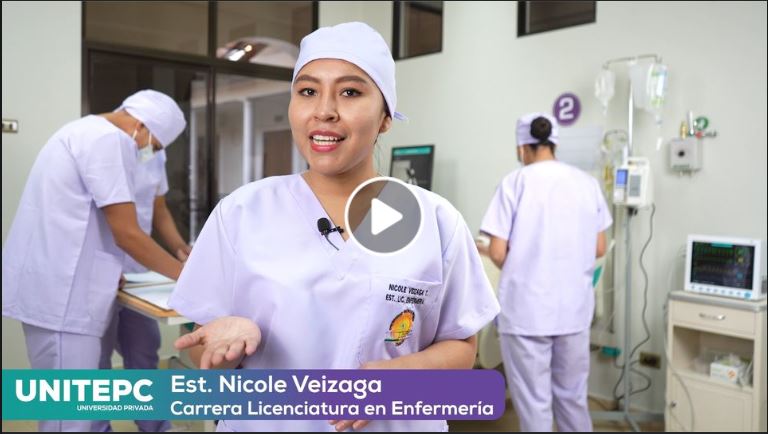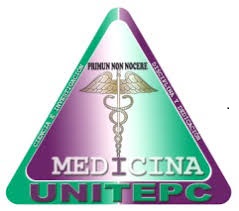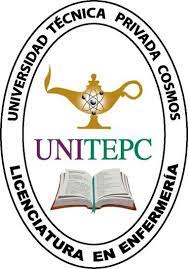Minimum temperature suitable for the development of the life cycle of Aedes aegypti
DOI:
https://doi.org/10.36716/unitepc.v7i1.64Keywords:
Mosquito Vectors, Aedes, Temperature, Life Cycle Stages, Adaptation.Abstract
Introduction: Due to climate changes, Aedes aegypti mosquitoes have reproductive cycles in rare areas, which leads to the uncontrollable spread of some viral diseases. The humidity caused by rainwater has caused house infestation in different areas of Cochabamba. The objective is to determine the minimum temperature suitable for the development of the life cycle of Aedes aegypti. Methodology: The study was; quantitative, longitudinal, descriptive. The minimum temperature and hatching of the eggs were recorded in the larvae traps installed in Cochabamba city. Results: In 2017, the presence of mosquito larvae was observed in the months of January, February, November and December. Larval hatching interruption was at less than 14 °C. In 2018 in the months of January to March and October to December. Larval hatching interruption was below 14 °C in the first months, and 13 °C in the last months. In 2019 in the months of January to March and October to December. Larval hatching interruption was below 13 °C in the first months and 12 °C in the last months. In the months of January to April from 2020 the presence of larvae was observed interrupting its cycle below 12 °C. Discussion: Aedes aegypti presents a physiological adaptation at Cochabamba’s height, at a temperature equal to or greater than 12 °C, until April of 2020. And the minimun average temperature stability is suitable for the life cycle occurrence increasing its vector capacity.
Downloads
Downloads
Published
How to Cite
Issue
Section
License

This work is licensed under a Creative Commons Attribution-NonCommercial 4.0 International License.









